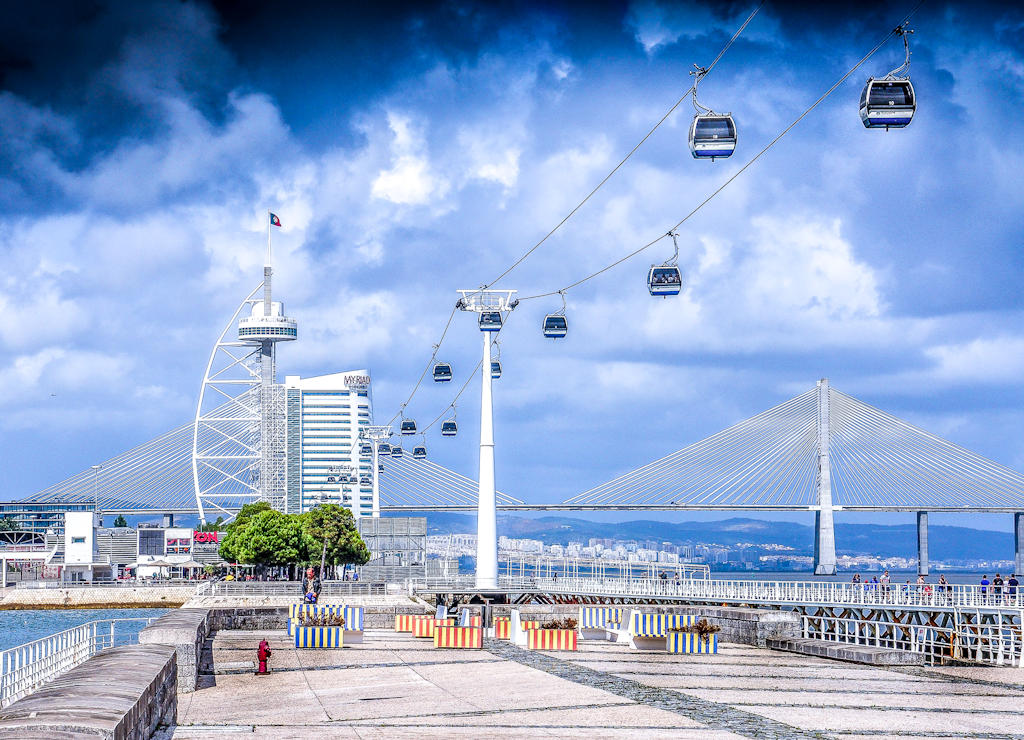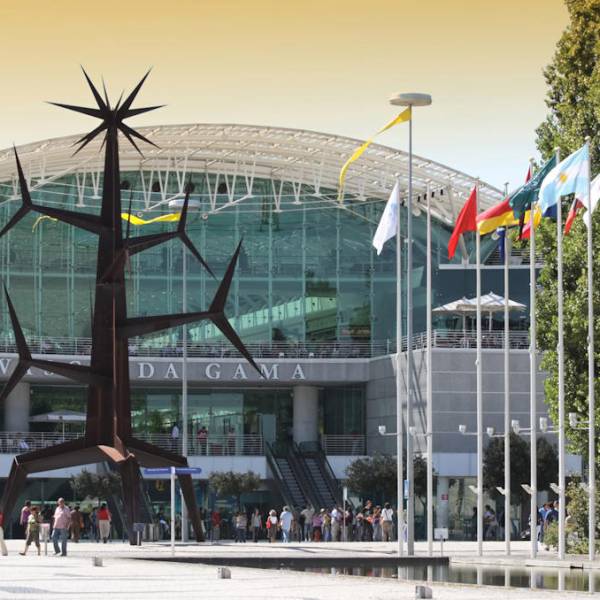The project kicked off in the early 1990s with a team of renowned architects and urban planners at the helm. The master plan for Parque das Nações was designed by a consortium led by Portuguese architect Regino Cruz, who envisioned a sustainable and modern neighborhood that would leave a lasting legacy. Collaborating with him were other prominent figures, including João Paciência, Miguel Saraiva, and Pedro Campos Costa.
The construction of Parque das Nações was a massive endeavor that involved multiple phases and meticulous planning. One of the highlights was the creation of a new waterfront along the Tagus River, effectively transforming a neglected industrial area into a stunning promenade adorned with parks, gardens, and public spaces. The renowned landscape architect Sidónio Pardal played a crucial role in designing these green areas, infusing nature and tranquility into the urban landscape.
The centerpiece of the district is the striking Vasco da Gama Tower, a 145-meter-high architectural marvel designed by the Spanish architect Santiago Calatrava. Completed in 1998, the tower stands as an iconic symbol of the Parque das Nações district, offering panoramic views of Lisbon and the Tagus River. Its elegant and futuristic design perfectly captures the spirit of the modernization efforts undertaken in the district.
Another notable landmark in the district is the Oceanário de Lisboa, an innovative oceanarium that showcases the wonders of marine life. Designed by architect Peter Chermayeff, the Oceanário opened its doors in 1998 and quickly became one of the district's main attractions, attracting visitors from near and far.
Lisbon.vip Recommends
Parque das Nações officially opened its doors to the public during the Expo '98 in May 1998. The international event marked a turning point for Lisbon, putting the city on the map as a global destination and revitalizing its eastern waterfront. The success of the expo, coupled with the allure of the new district, paved the way for its continued growth and transformation.
Today, Parque das Nações stands as a vibrant and thriving district, welcoming residents, businesses, and tourists alike. Its modern architecture, innovative design, and sustainable practices make it a shining example of urban development. The district continues to evolve, with ongoing projects and initiatives ensuring its vitality for years to come.
The construction of Parque das Nações represents a remarkable chapter in Lisbon's history, showcasing the city's commitment to progress, innovation, and quality of life. The district stands as a testament to the vision, dedication, and collaboration of architects, urban planners, and countless other professionals who brought this modern marvel to life. Parque das Nações is a testament to Lisbon's transformation into a forward-thinking and dynamic global city.





